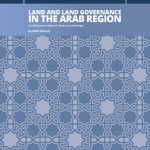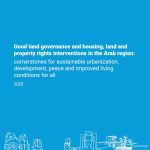 Background
Background
Global Land Indicator Initiative (GLII) was established in 2012 with the aim to support efforts to harmonize monitoring efforts around land tenure and governance. The GLII seeks to derive a list of globally comparable harmonized land indicators, using existing monitoring mechanisms and data collection methods as a foundation. The Initiative is supporting global and regional frameworks such as the Voluntary Guidelines on the Responsible Governance on Tenure of Land, Fisheries and Forests (VGGTs), agreed by 193 Member States and supported by civil society on the one hand, and the Framework and Guidelines (F&G) on land policy in Africa, a joint initiative of the African Union Commission, the African Development Bank and the United Nations Economic Commission for Africa on the other. The Initative intends to foster partnership, inclusiveness, consultation, evidence-based indicators, people–centered approach and sustainability.
Context
Secure access to land for a range of land users has increasingly come to be seen as a critical aspect in the attainment of various development goals, from poverty reduction and food security, through women’s empowerment and social equity, to the sustainable management of natural resources. For farmers, urban dwellers and all kinds of commercial ventures – small and large – secure tenure over land assets is part of an enabling environment for investment that raises productivity, creates income and helps to overcome poverty and food insecurity. For women, having secure tenure rights over land and associated natural resources, as well as housing and business assets, can be critical to attaining effective equal rights and power within the household, community and society. The respect and protection of legitimate tenure rights can be important to the realization of a range of human rights, include rights to adequate housing and food, and the territorial rights of indigenous peoples.







